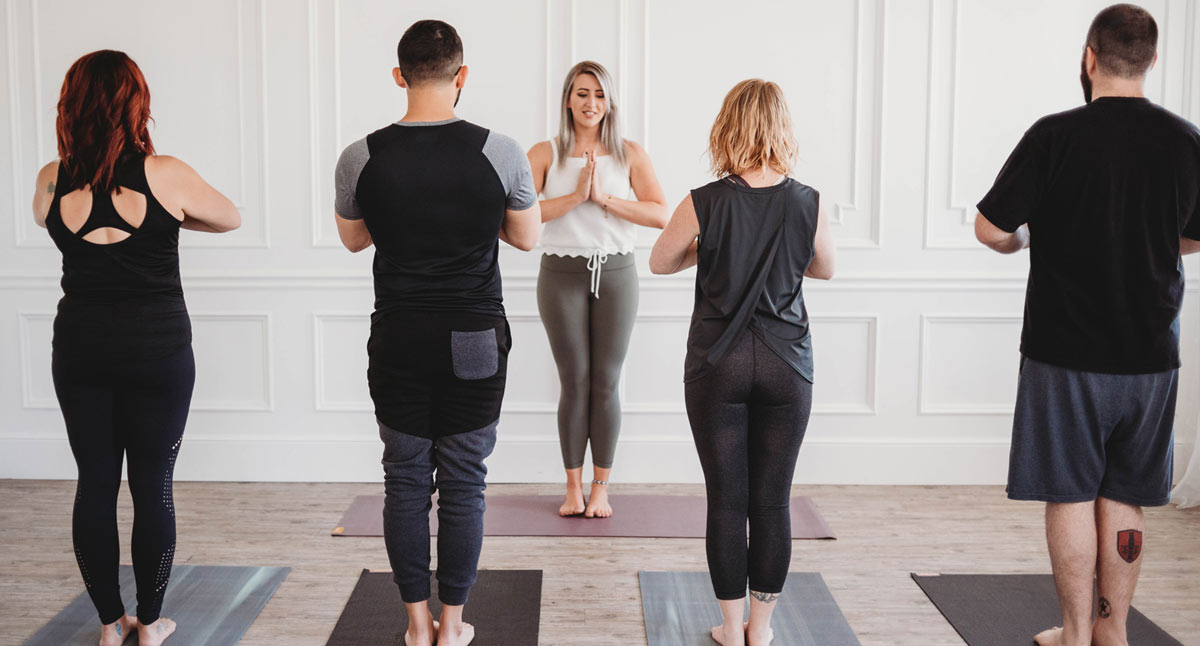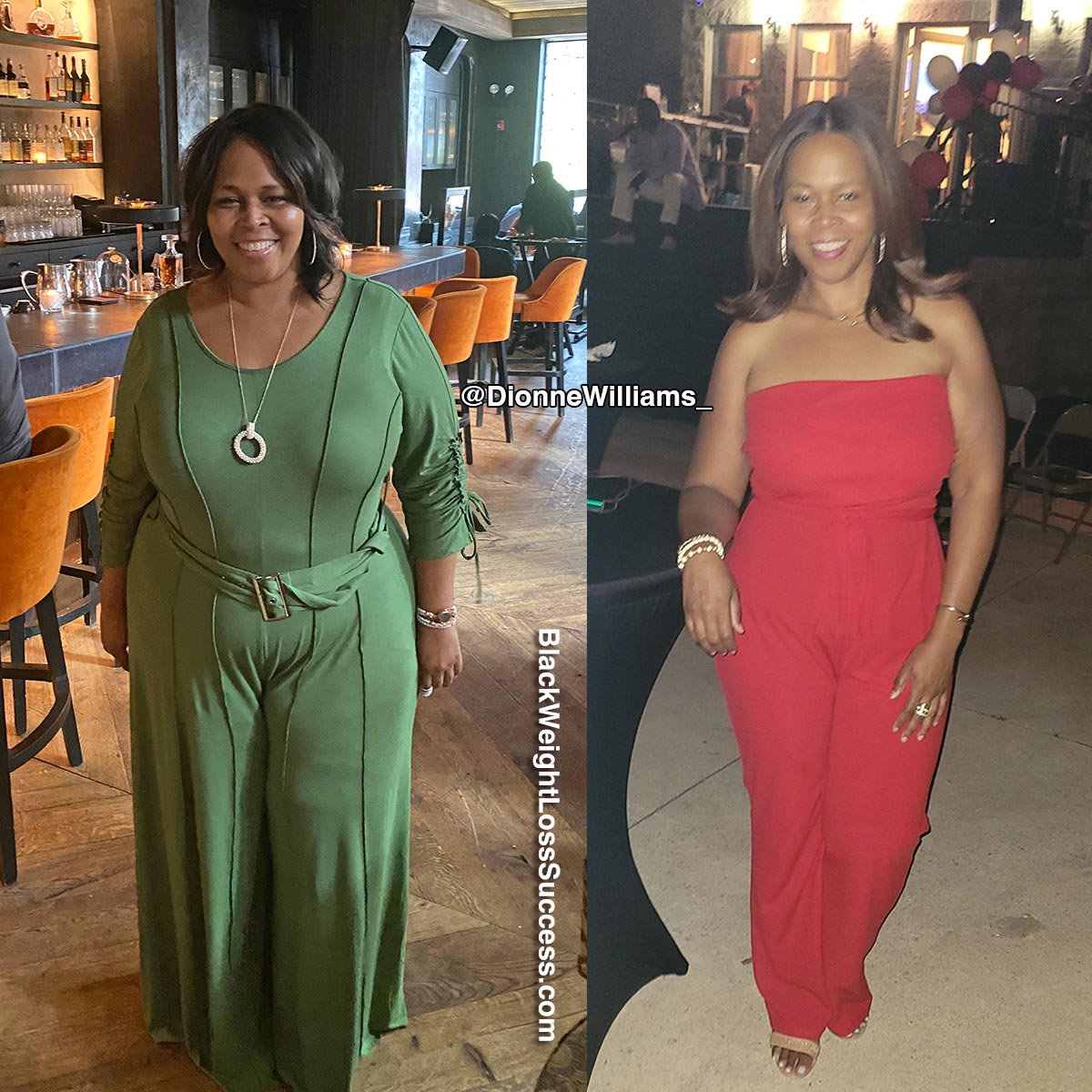This entry was posted on Oct 11, 2022 by Charlotte Bell.
![]()
Most who observe yoga these days have heard of the phrase ahimsa. We’d have even study quite a few the in-depth literature on it, or practiced incorporating the idea of ahimsa—non-harming—into our lives. Translated as “dynamic peacefulness” by Alistair Shearer, it’s debatable that ahimsa is the inspiration of the entire observe.
Ahimsa is the first of the yamas, the first of yoga’s Eight Limbs. Inside the yoga customized, the yamas (ethical precepts), along with the niyamas (skillful residing practices) are the first yoga practices kids realized—sooner than asana. With a foundation of non-harming, budding yogis and yoginis may technique asana observe with the intention of calming and caring for the physique fairly than conquering it by energy.
Inside the West, nearly all people begins their yogic journey with bodily observe. So we couldn’t however be acquainted with the yamas and niyamas. Nevertheless it certainly’s certainly not too late to incorporate them into our lives, every on and off the yoga mat. With the rise in yoga-related accidents over the earlier 20 years, practising ahimsa in asana seems significantly pertinent. As we age—which all of us are!—practising ahimsa with our our our bodies turns into rather more important.
Be Proper right here Now to Observe Ahimsa
Many, if not most, of us begin our observe with the notion that yoga will improve our lives circuitously. We hope for weight discount, creating extra wholesome habits, rising flexibility, bettering sleep, assuaging once more ache, or calming and integrating our our our bodies and minds. There are a lot of causes, nevertheless largely they need to do with altering the best way by which we’re.
What if we shifted our intention to simply taking the time to be with ourselves in a nurturing, non-judgmental method? How would it not not be if we decided merely to be present—with out an agenda—with our our our bodies and minds as they’re? What if we put apart the need to “improve” our poses and ourselves, and simply allowed our asana experiences to unfold second by second?
Whereas it sounds straightforward, this isn’t easy. Most of us come to watch with profoundly conditioned beliefs about our private insufficiency. These beliefs set off us to place unrealistic requires on our observe. They set off us to test our observe to that of others. This could be a totally irrelevant and doubtless injurious conduct on account of it makes us assume we now have to evolve to necessities that our our our bodies and minds is not going to be designed to realize. We’re all fully totally different, after all! The “shoulds” we inflict on ourselves make having enjoyable with our observe inside the second not attainable. As a colleague of mine says, “Don’t must in your self.”
It’s helpful to don’t forget that every one of us come to yoga with fully totally different genetics and histories. These create superficial variations amongst us, nevertheless primarily, we’re all succesful of sharing the peace of being present with our our our bodies and minds merely as they’re. That’s the essence of yoga observe.
What’s Occurring in Your Physique?
If you shift your intention to being present in your physique instead of striving for some future pose that’s someway “increased” than the one you’re practising, you may start to find a couple of of your habits of forceful observe.
As an illustration, uncover the best way you’re using your arms and arms. Our arms are our gadgets of doing. We use our arms and arms to carry out points in our lives. Noting the disposition of our arms is especially helpful in poses resembling seated forward bends and twists the place our arms are most likely involved in shifting us further proper right into a pose. Uncover: Are your shoulders and arms tense? Are your arms inflicting the pose in your physique? Can you instead let your arms help your asana with out tensing them or using them to energy your physique into your idea of a “increased” place?
Breathe Into Ahimsa
The very best cue of all for practising ahimsa on the mat is to current your breath primacy—on a regular basis. In case your breath is shallow, labored, fast or uncomfortable in any method in an asana, you’re most likely pushing your self too far. When an asana restricts respiratory, it isn’t life supporting. If the breath is a service of prana, asana that restricts its transfer is depleting fairly than regenerating your vitality. It’s as a result of this truth an act of harming. Don’t do it! Once more off to the aim the place your breath can transfer freely.
The Eight Limbs of Yoga are a elegant framework throughout which to develop your observe. As the first yama, ahimsa is the inspiration of the observe. We’re in a position to observe in every day life by the use of {{our relationships}} and choices, and on our mats by shifting our intentions for observe. Let go of your ideas about what observe “must” be and loosen up into what it actually is.
In case you’re fascinated by learning further about the best way to watch the Eight Limbs on and off your mat, chances are you’ll select up my e book, Conscious Yoga, Conscious Life: A Info for Frequently Observe (Rodmell Press, 2007). The Eight Limbs are a passion of mine and the e book delves further deeply into them than I can in a weblog submit!
About Charlotte Bell
Charlotte Bell discovered yoga in 1982 and began educating in 1986. Charlotte is the author of Conscious Yoga, Conscious Life: A Info for Frequently Observe and Yoga for Meditators, every revealed by Rodmell Press. Her third e book is titled Hip-Healthful Asana: The Yoga Practitioner’s Info to Defending the Hips and Avoiding SI Joint Ache (Shambhala Publications). She writes a month-to-month column for CATALYST Journal and serves as editor for Yoga U On-line. Charlotte is a founding board member for GreenTREE Yoga, a non-profit that brings yoga to underserved populations. A lifelong musician, Charlotte performs oboe and English horn inside the Salt Lake Symphony and other people sextet Purple Rock Rondo, whose DVD acquired two Emmy awards in 2010.
This entry was posted on Oct 11, 2022 by Charlotte Bell.
![]()
Most who observe yoga these days have heard of the phrase ahimsa. We’d have even study quite a few the in-depth literature on it, or practiced incorporating the idea of ahimsa—non-harming—into our lives. Translated as “dynamic peacefulness” by Alistair Shearer, it’s debatable that ahimsa is the inspiration of the entire observe.
Ahimsa is the first of the yamas, the first of yoga’s Eight Limbs. Inside the yoga customized, the yamas (ethical precepts), along with the niyamas (skillful residing practices) are the first yoga practices kids realized—sooner than asana. With a foundation of non-harming, budding yogis and yoginis may technique asana observe with the intention of calming and caring for the physique fairly than conquering it by energy.
Inside the West, nearly all people begins their yogic journey with bodily observe. So we couldn’t however be acquainted with the yamas and niyamas. Nevertheless it certainly’s certainly not too late to incorporate them into our lives, every on and off the yoga mat. With the rise in yoga-related accidents over the earlier 20 years, practising ahimsa in asana seems significantly pertinent. As we age—which all of us are!—practising ahimsa with our our our bodies turns into rather more important.
Be Proper right here Now to Observe Ahimsa
Many, if not most, of us begin our observe with the notion that yoga will improve our lives circuitously. We hope for weight discount, creating extra wholesome habits, rising flexibility, bettering sleep, assuaging once more ache, or calming and integrating our our our bodies and minds. There are a lot of causes, nevertheless largely they need to do with altering the best way by which we’re.
What if we shifted our intention to simply taking the time to be with ourselves in a nurturing, non-judgmental method? How would it not not be if we decided merely to be present—with out an agenda—with our our our bodies and minds as they’re? What if we put apart the need to “improve” our poses and ourselves, and simply allowed our asana experiences to unfold second by second?
Whereas it sounds straightforward, this isn’t easy. Most of us come to watch with profoundly conditioned beliefs about our private insufficiency. These beliefs set off us to place unrealistic requires on our observe. They set off us to test our observe to that of others. This could be a totally irrelevant and doubtless injurious conduct on account of it makes us assume we now have to evolve to necessities that our our our bodies and minds is not going to be designed to realize. We’re all fully totally different, after all! The “shoulds” we inflict on ourselves make having enjoyable with our observe inside the second not attainable. As a colleague of mine says, “Don’t must in your self.”
It’s helpful to don’t forget that every one of us come to yoga with fully totally different genetics and histories. These create superficial variations amongst us, nevertheless primarily, we’re all succesful of sharing the peace of being present with our our our bodies and minds merely as they’re. That’s the essence of yoga observe.
What’s Occurring in Your Physique?
If you shift your intention to being present in your physique instead of striving for some future pose that’s someway “increased” than the one you’re practising, you may start to find a couple of of your habits of forceful observe.
As an illustration, uncover the best way you’re using your arms and arms. Our arms are our gadgets of doing. We use our arms and arms to carry out points in our lives. Noting the disposition of our arms is especially helpful in poses resembling seated forward bends and twists the place our arms are most likely involved in shifting us further proper right into a pose. Uncover: Are your shoulders and arms tense? Are your arms inflicting the pose in your physique? Can you instead let your arms help your asana with out tensing them or using them to energy your physique into your idea of a “increased” place?
Breathe Into Ahimsa
The very best cue of all for practising ahimsa on the mat is to current your breath primacy—on a regular basis. In case your breath is shallow, labored, fast or uncomfortable in any method in an asana, you’re most likely pushing your self too far. When an asana restricts respiratory, it isn’t life supporting. If the breath is a service of prana, asana that restricts its transfer is depleting fairly than regenerating your vitality. It’s as a result of this truth an act of harming. Don’t do it! Once more off to the aim the place your breath can transfer freely.
The Eight Limbs of Yoga are a elegant framework throughout which to develop your observe. As the first yama, ahimsa is the inspiration of the observe. We’re in a position to observe in every day life by the use of {{our relationships}} and choices, and on our mats by shifting our intentions for observe. Let go of your ideas about what observe “must” be and loosen up into what it actually is.
In case you’re fascinated by learning further about the best way to watch the Eight Limbs on and off your mat, chances are you’ll select up my e book, Conscious Yoga, Conscious Life: A Info for Frequently Observe (Rodmell Press, 2007). The Eight Limbs are a passion of mine and the e book delves further deeply into them than I can in a weblog submit!
About Charlotte Bell
Charlotte Bell discovered yoga in 1982 and began educating in 1986. Charlotte is the author of Conscious Yoga, Conscious Life: A Info for Frequently Observe and Yoga for Meditators, every revealed by Rodmell Press. Her third e book is titled Hip-Healthful Asana: The Yoga Practitioner’s Info to Defending the Hips and Avoiding SI Joint Ache (Shambhala Publications). She writes a month-to-month column for CATALYST Journal and serves as editor for Yoga U On-line. Charlotte is a founding board member for GreenTREE Yoga, a non-profit that brings yoga to underserved populations. A lifelong musician, Charlotte performs oboe and English horn inside the Salt Lake Symphony and other people sextet Purple Rock Rondo, whose DVD acquired two Emmy awards in 2010.






